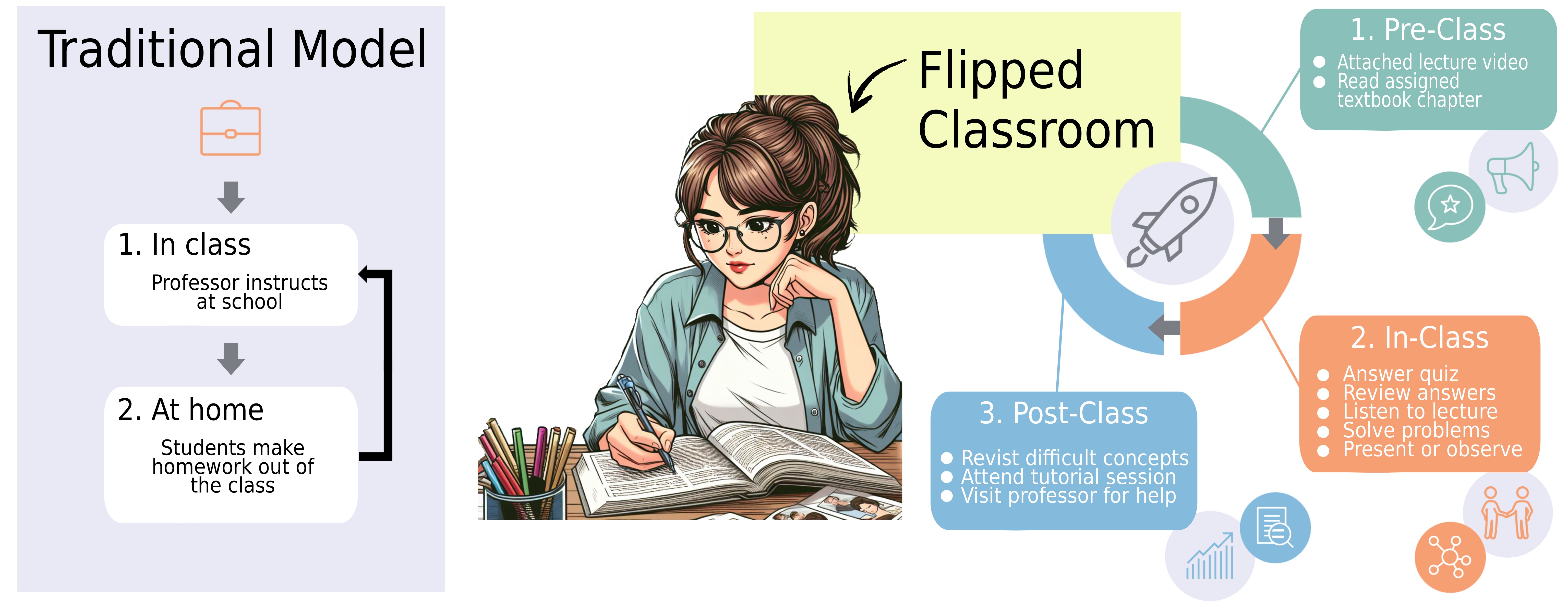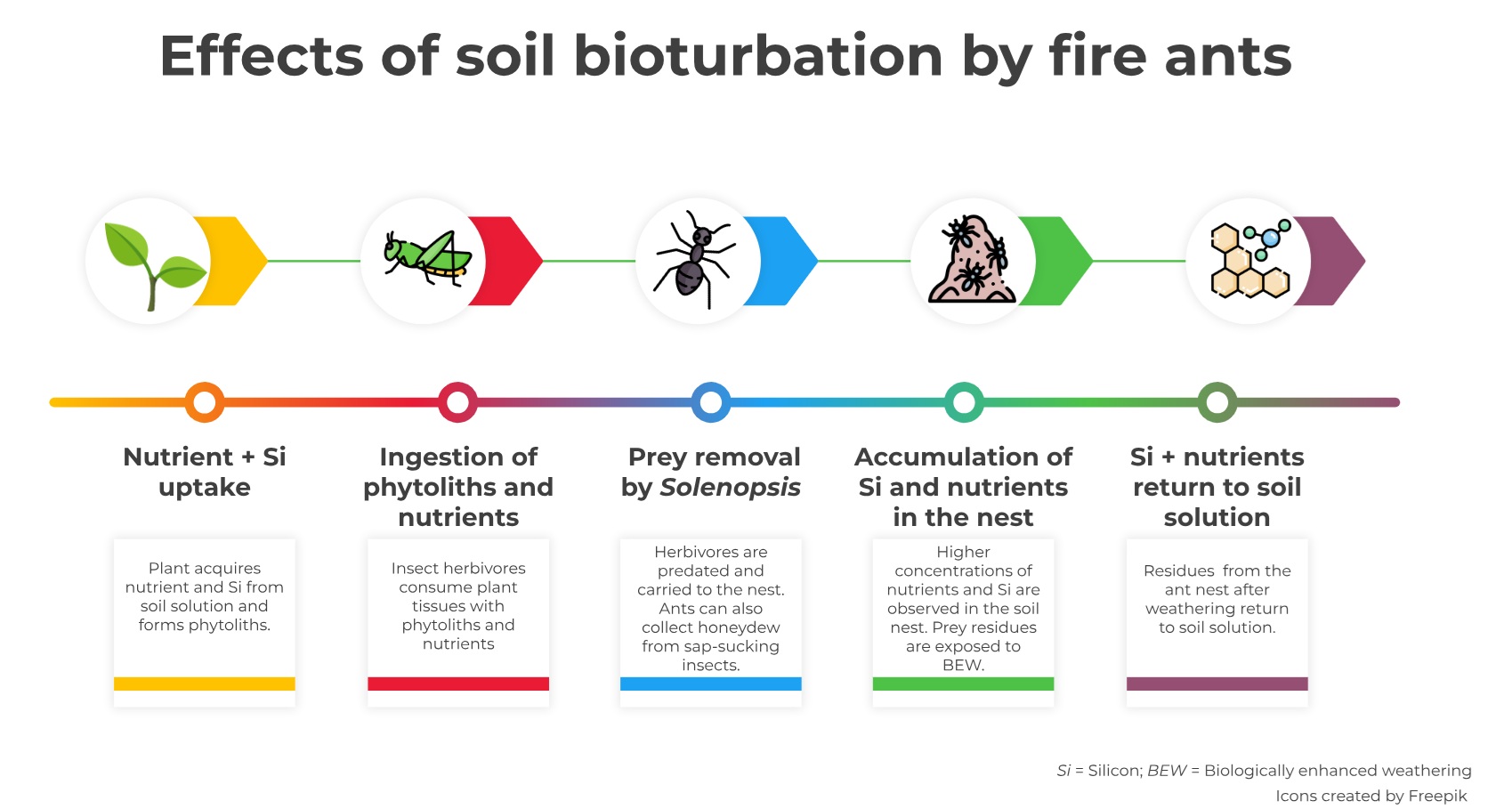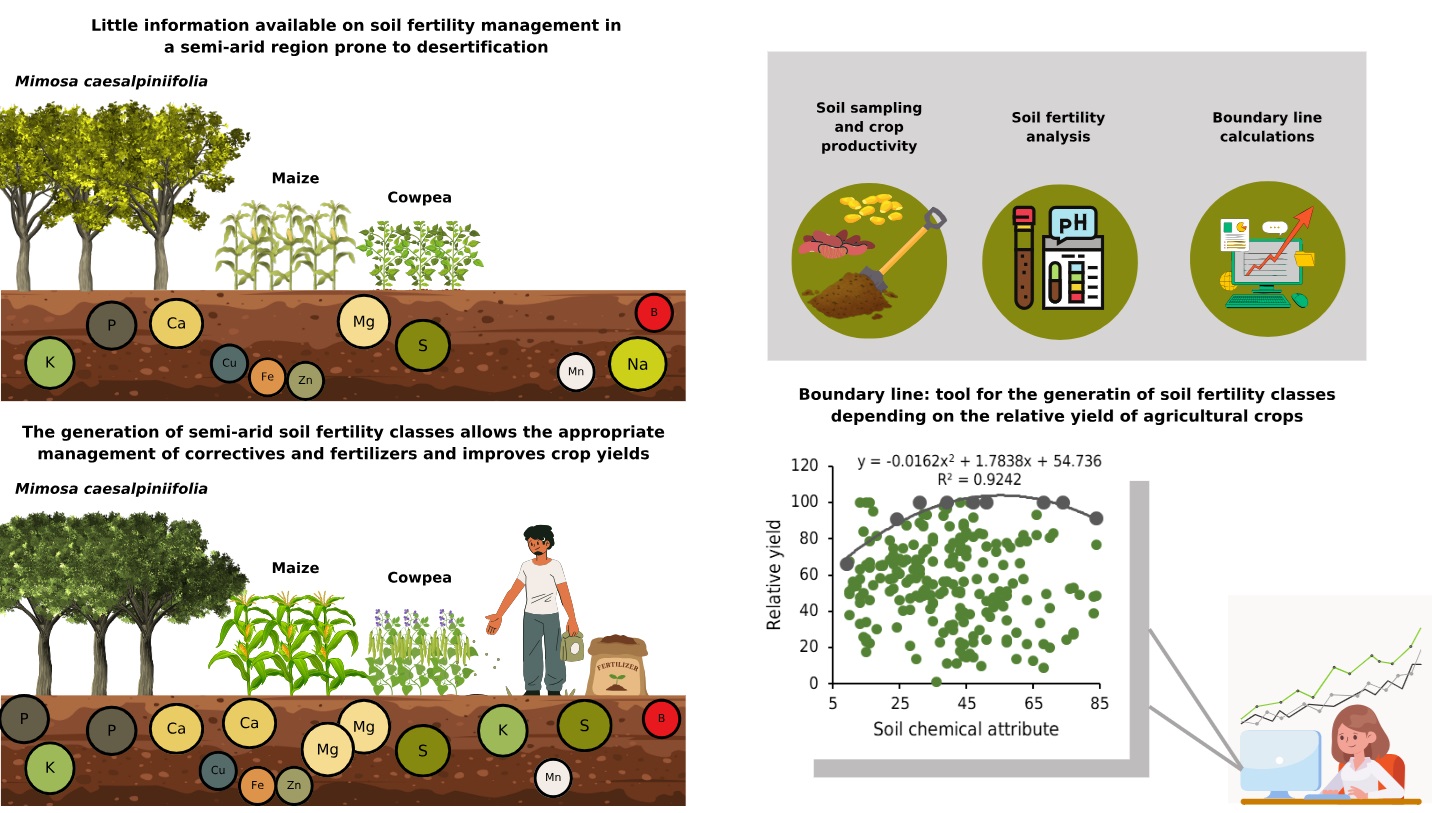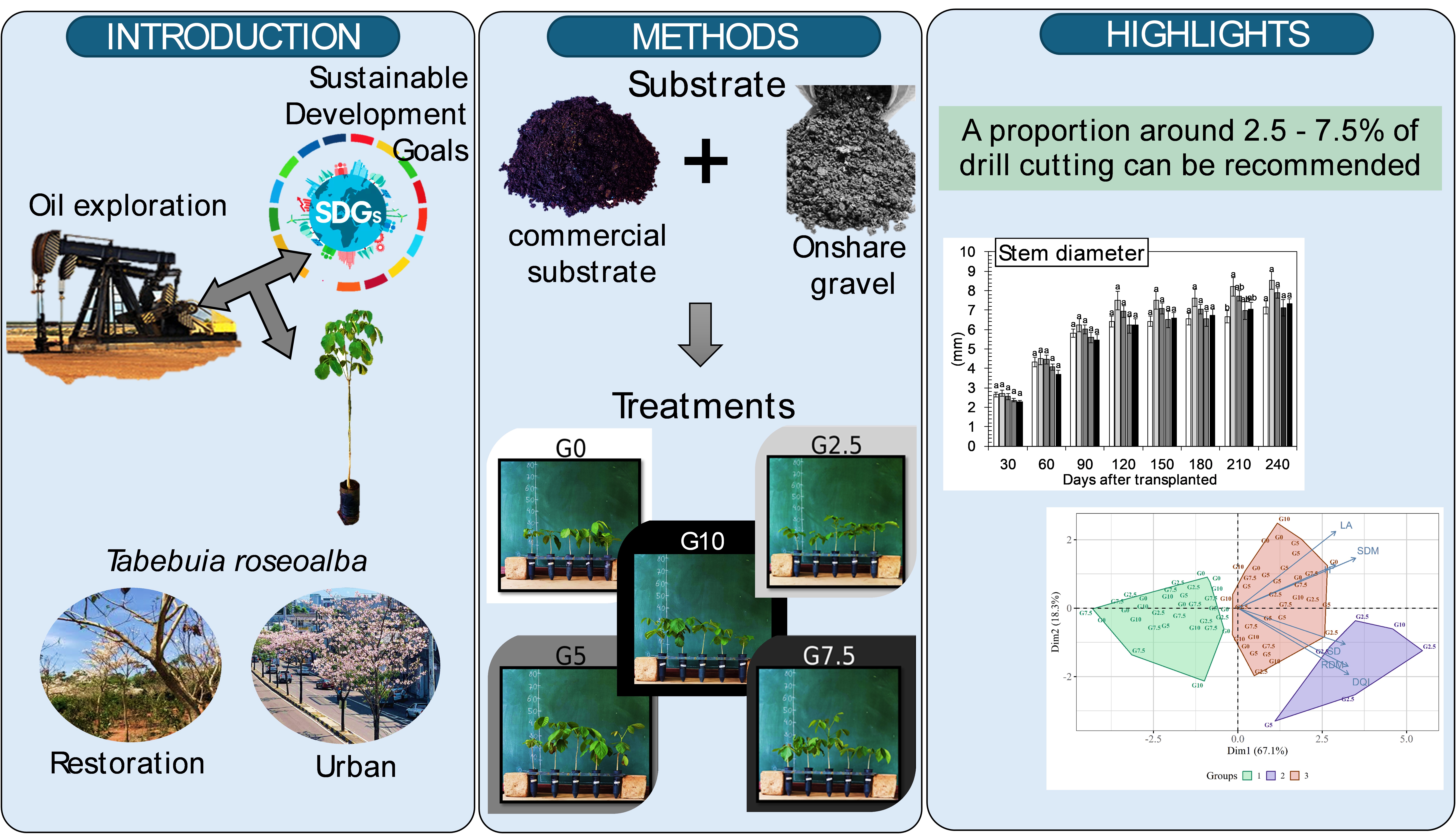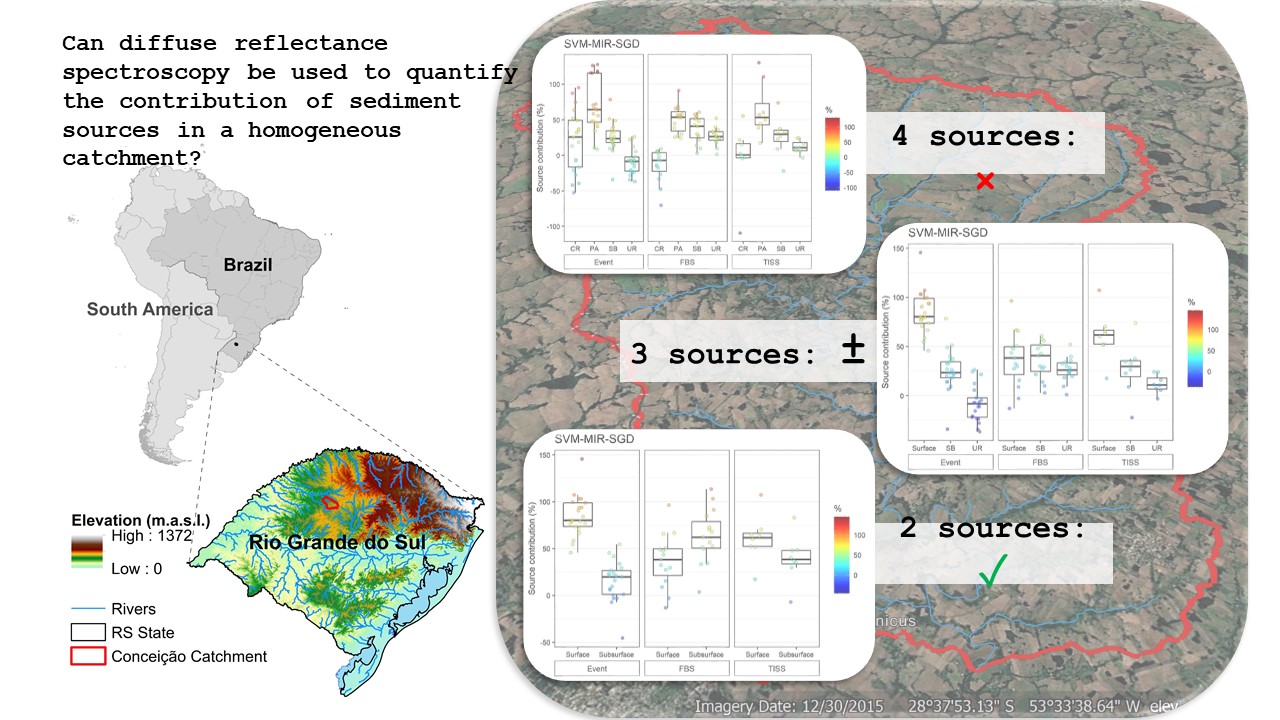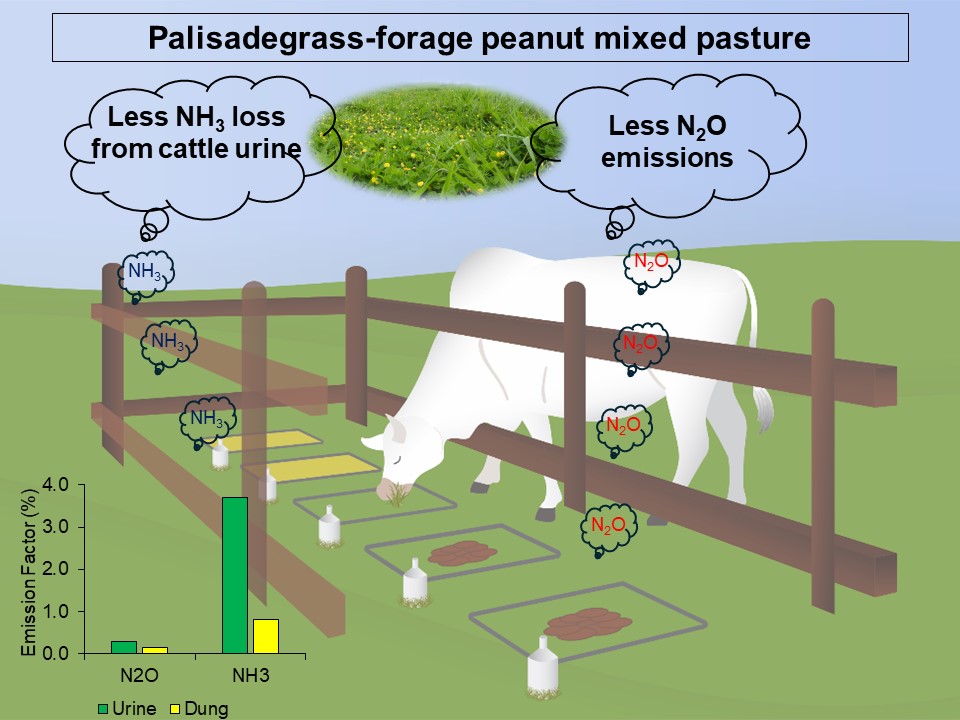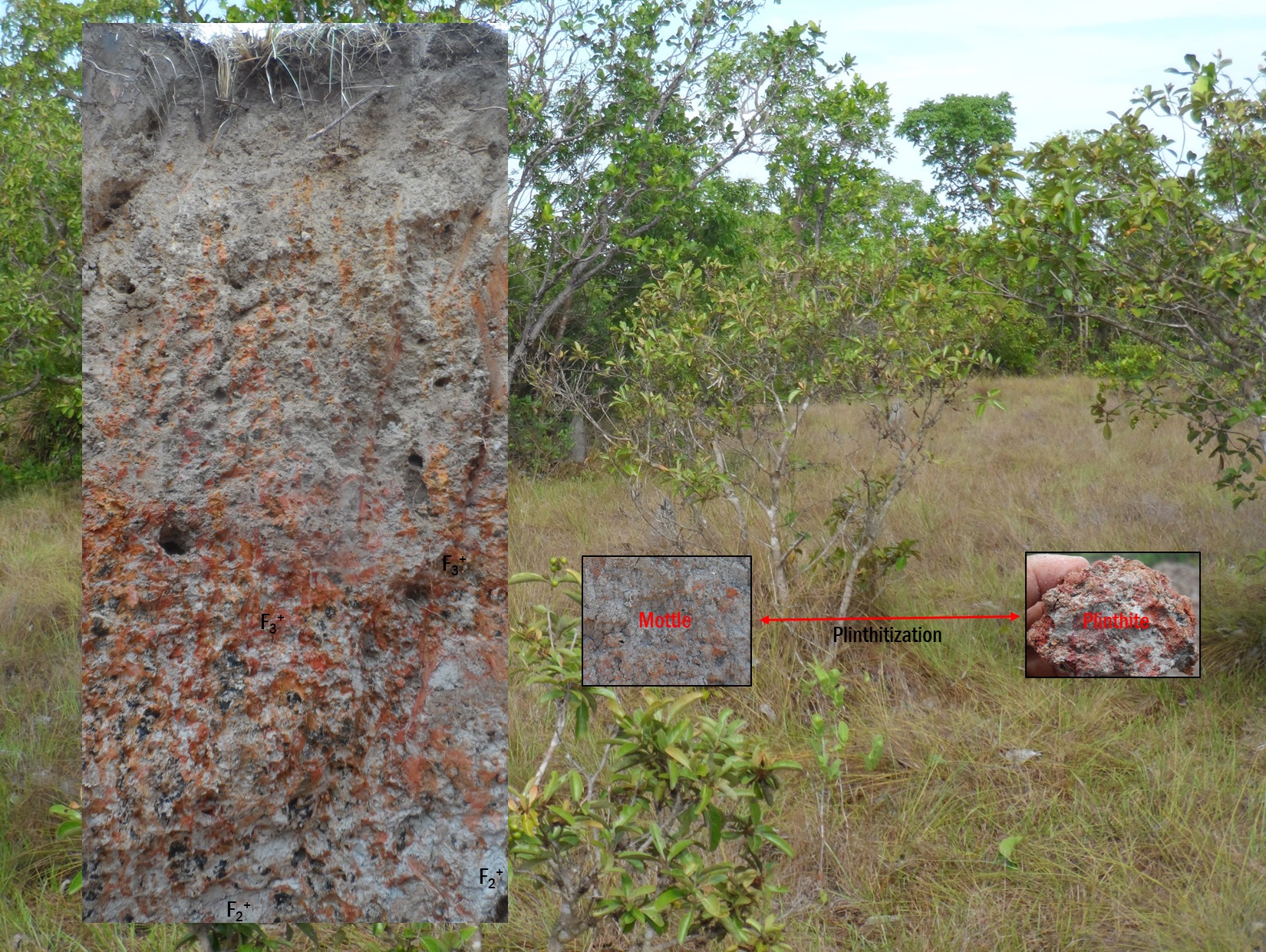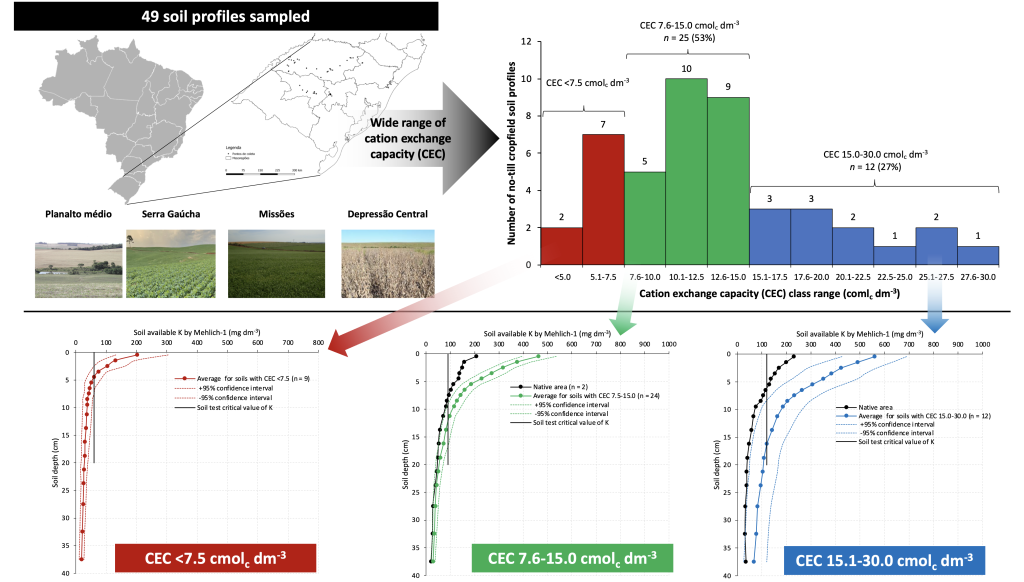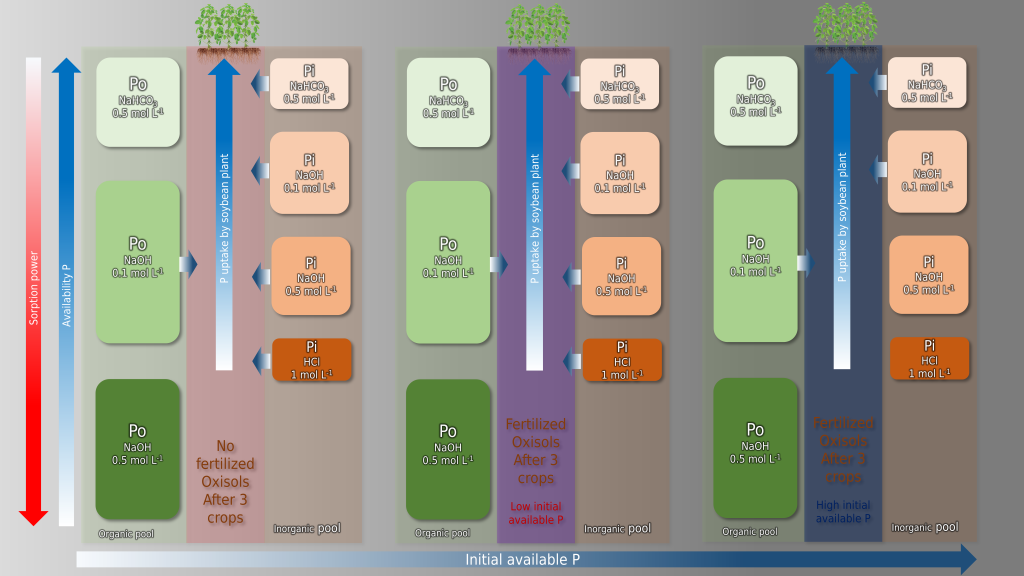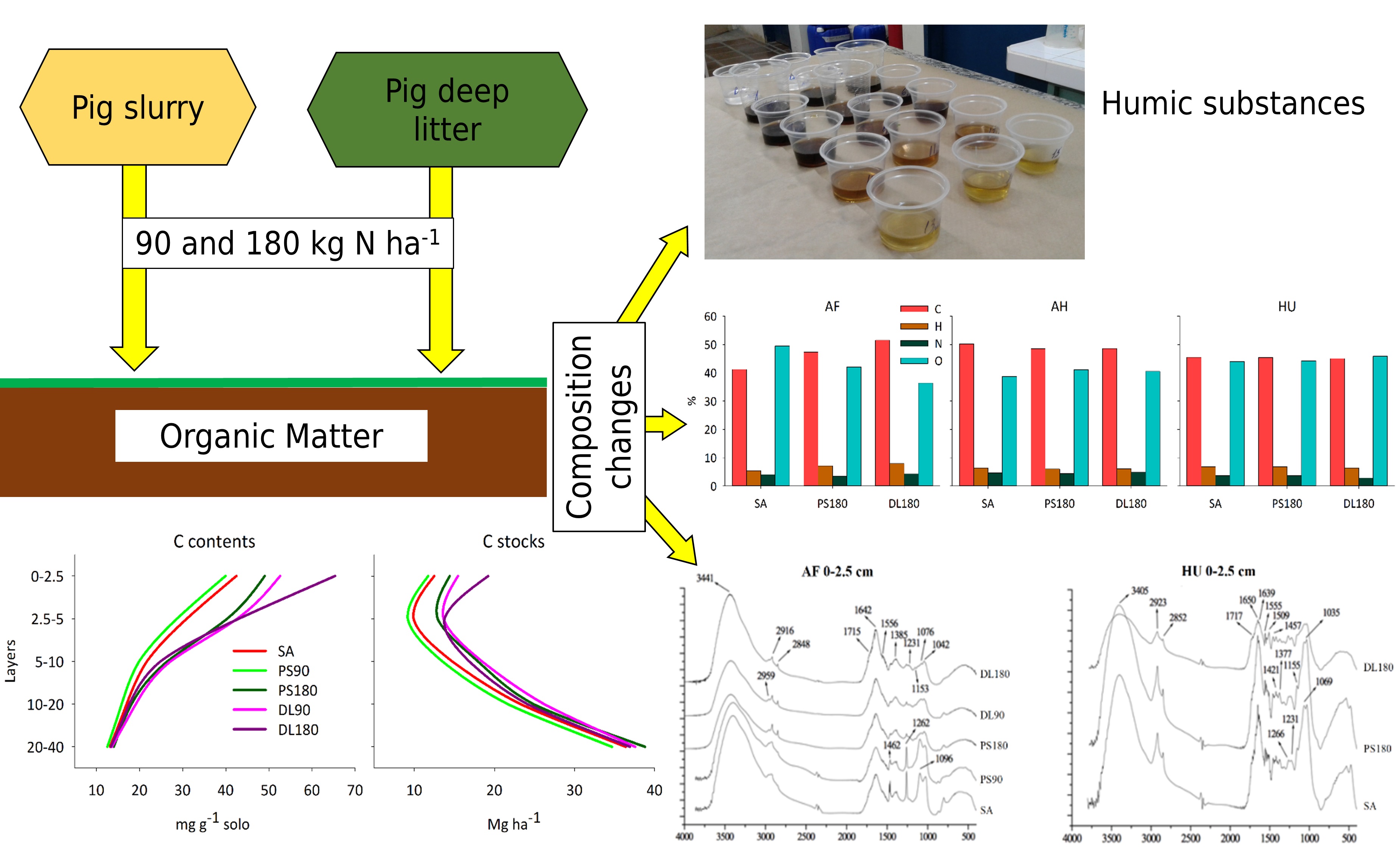Education of 21st century: A proposal of flipped classroom strategy to teach Soil Biology
25/nov/2024
ABSTRACT Flipped Classroom (FC) approach has gained widespread acceptance across various education levels, particularly in higher education settings. Flipped Classroom represents a method employed to stimulate student learning, enhance academic performance, and foster student motivation and engagement. This approach involves the utilization of pre-class materials such as recorded lectures and multimedia resources for student review, while class time is dedicated to exercises, projects, or discussions. Numerous studies have documented enhanced learning outcomes among students of mathematics and science through FC […]
Influence of Solenopsis invicta Buren on soil chemical properties, silicon pools, and phytolith assemblages in organic agricultural soils
25/nov/2024
ABSTRACT Ants mediate ecosystem services that can modulate crop performance and overall agroecosystem functioning. Our study investigated how the activity of Solenopsis invicta Buren (Hymenoptera: Formicidae) influences soil chemical properties, soil silicon pools, and soil phytoliths. We hypothesized Solenopsis invicta Buren activity would increase the macronutrient content, available silicon for plants (PASi), and amorphous silicon (ASi) in nest soils, which is related to changes in the phytolith assemblage. This study was conducted on agricultural soil under organic management, covering an […]
Critical levels and fertility classes of soils with high-activity clay in the Brazilian semi-arid region
04/nov/2024
ABSTRACT Soil fertility evaluation is important for adopting conservation management and adequate nutrient supply. The objective of this study was to identify critical levels and soil fertility classes using the boundary line method for rainfed crops (corn, cowpea and sabiá [Mimosa caesalpiniifolia]) in the Brazilian semi-arid region. A database of 226 soil fertility analyses of samples from the 0.00-0.20 m soil layer, and corn, cowpea and sabiá yields from Ceará State was used to generate interpretation classes (at 80 and […]
Drill cuttings from oil exploration improve properties of substrate and growth of Ipê-branco (Tabebuia roseoalba) seedlings
23/out/2024
ABSTRACT More information is needed on the potential of using drill cuttings (crushed rocks) from the oil industry in agriculture and forestry. An experiment in forest nursery was carried out to evaluate the influence of substrates formulated from onshore gravel on characteristics of Ipê-branco (Tabebuia roseoalba) seedlings (i.e., growth, quality, and nutrition). We used five gravimetric proportions of gravel from drill cuttings mixed with Pinus-bark – commercial substrate (Mecplant® Florestal 3): control with only commercial substrate and zero gravel (G0), […]
Sediment source tracing in a Brazilian subtropical catchment using diffuse reflectance: Effect of spectral ranges, pre-processing techniques, and multivariate model
11/out/2024
ABSTRACT Agriculture intensification in Southern Brazil’s subtropical regions combined with the frequent occurrence of erosive rainfall has rendered the area a global water erosion hotspot. In this scenario, understanding and regulating erosion processes at the river catchment scale is critical for mitigating soil and water resource degradation. Traditional methods for tracing sediment sources are expensive and time-consuming and justify the development of alternative approaches. Therefore, in this study, we employed diffuse reflectance spectroscopy analyses in the ultraviolet-visible (UV-VIS), near-infrared (NIR), […]
Impact of a forage legume or nitrogen fertilizer application on ammonia volatilization and nitrous oxide emissions in Brachiaria pastures
11/out/2024
ABSTRACT The largest proportion of greenhouse gas (GHG) emissions in the Agriculture sector of the Brazilian national GHG inventory is derived from the large (>200 million head) herd of cattle. The greatest contribution to these emissions comes from the enteric methane from cattle, but the direct and indirect emissions of nitrous oxide (N2O) from cattle excreta and N fertilizer are responsible for approximately 9 % of all national anthropogenic GHG emissions. Ammonia (NH3) can be volatilized from N fertilizer and […]
Chemical and mineralogical constitution of redoximorphic features and mechanism of formation of Plinthosols from the Araguaia River plain, Brazil
11/out/2024
ABSTRACT Currently in Brazil, large grain cultivation projects on Plinthosols are a reality, however, there is little or no knowledge of the real mechanism of formation of the plinthite feature, in addition to what is reported in the literature as being a product of oxidation-reduction processes of iron element. This study evaluates iron redoximorphic features and investigates their chemical and mineralogical composition in two profiles of Plinthosols from the Araguaia River plain (P1 and P2). The study strengthens the understanding […]
Potassium distribution in soil profiles under no-tillage system
11/out/2024
ABSTRACT Potassium (K) vertical mobility in soils has often been overestimated and used as a rationale for recommending the broadcast application of this nutrient in fertility management programs, especially in soils with low cation exchange capacity (CEC). This study aimed to evaluate the vertical distribution of K in two land uses: areas with natural vegetation and crop fields managed under no-tillage (NT) fertilized with K. For this purpose, 49 soil profiles from the Brazilian subtropical state of Rio Grande do […]
Use and recovery of P reserves in Southern Brazil Oxisols under no-till with low and high P availability
10/set/2024
ABSTRACT The accessibility of soil P reserves by plants on highly weathered Brazilian soils remains unclear. In this study, we assessed the contribution of soil P fractions to P uptake by soybean plants in two no-till Oxisols (Latossolos), with low and high initial content of available P. The recommended P rates (viz., 153 and 50 kg ha-1 yr-1 in the low-P and high-P soil, respectively) were applied in the form of triple superphosphate (TSP) or Bayovar rock phosphate (BRP) plus […]
Chemical and spectroscopic composition of humic substances in soil subjected to pig manure applications for ten years
27/ago/2024
ABSTRACT Application of pig manure (PM) in agriculture can influence the amount and composition of soil organic matter (SOM). This study evaluated the changes in contents and stock of C in chemical fractions of SOM and the chemical and spectroscopic composition of humic substances (HS) in a Typic Hapludult (Argissolo Vermelho-Amarelo) after ten years of PM application. Experimental area received 90 and 180 kg ha-1 of N in the form of pig slurry (PS90 and PS180) and pig deep litter […]

